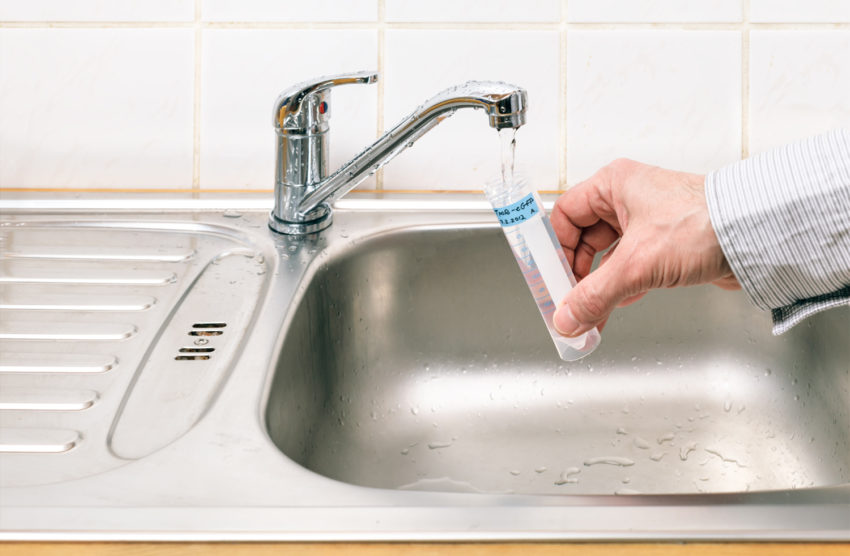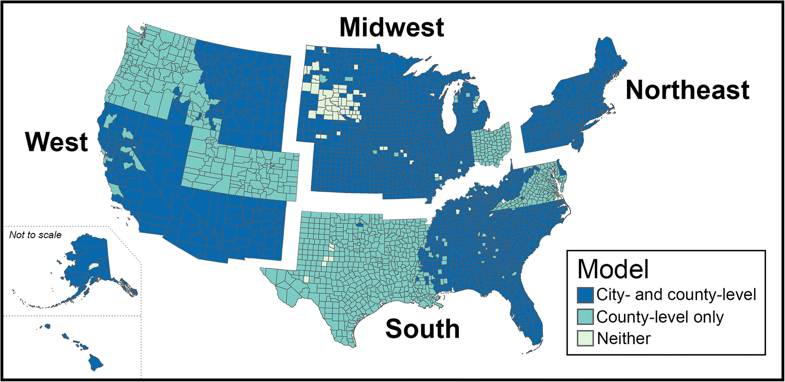
Share On Social!
More than 5.6 millions Americans are drinking water with increasingly high amounts of nitrates known to cause health problems, according to a new study.
Latinos are disproportionately exposed to nitrates in public water systems.
“Since the lead crisis in Flint, Michigan, there’s been a real push to document other types of disparities in drinking water quality in the U.S. and understand the factors that drive them,” said Dr. Laurel Schaider, lead author of the study in the Journal of Environmental Health and an environmental chemist at Silent Spring Institute, in a statement.
“Because at the end of the day, everyone should have access to clean and safe drinking water regardless of your race or where you live.”
The Shocking Study Results
For the study, scientists at the nonprofit Silent Spring Institute research organization assessed drinking water data from 39,466 public water systems. These serve 70% percent of Americans.

Approximately 1,650 of these public water systems had average nitrate levels exceeding 5 parts per million (ppm), affecting more than 5.6 million Americans.
The U.S. Environmental Protection Agency guidelines for safe drinking water regulate nitrate at 10 ppm.
However, numerous studies have found adverse health effects from levels as low as 5 ppm. Adverse health effects include elevated risks for bladder, thyroid, colon, and kidney cancers as well as birth defects.
West and Midwest communities had the highest levels of nitrate.
“Nitrate is also a good marker for the presence of other contaminants in drinking water,” Schaider said.
The study also revealed that public water systems serving the Latino population tended to have the highest concentrations of nitrate in drinking water.
Researchers examined their water data with U.S. Census Bureau information on race, ethnicity, poverty, home ownership, and population density. Additionally, they analyzed land-use data on agricultural activity.
As the percentage of Latino residents increased, so did the probability of finding nitrate levels over 5 ppm, the scientists found.
Nitrates & Latinos
Nitrates are composed of nitrogen and oxygen that occur naturally in the environment as part of the nitrogen cycle, according to ATSDR.
Water contaminated with nitrates derives from assorted sources such as fertilizers, sewage treatment systems, and animal manure.
There are multiple forms of nitrates that act differently once in the body. The inorganic nitrates that originate in contaminated well water are frequently disregarded as a source of nitrate exposure that can result in adverse health effects.
Another issue that may be influencing this situation: language barriers that make it challenging for Latinos seeking support for improving their drinking water quality.
“If that’s the case, then it suggests government programs could to a better job at helping to improve water quality in minority communities,” says Schaider.
You can help, too!
Check out the Salud America! action pack to help you add a Water Bottle Fountain to your school to give students all-day access to clean, filtered water!
Get a Filtered Water Bottle Fountain!
Explore More:
WaterBy The Numbers
74
percent
of Latino kids have had a sugary drink by age 2 (vs. 45% of white kids)



